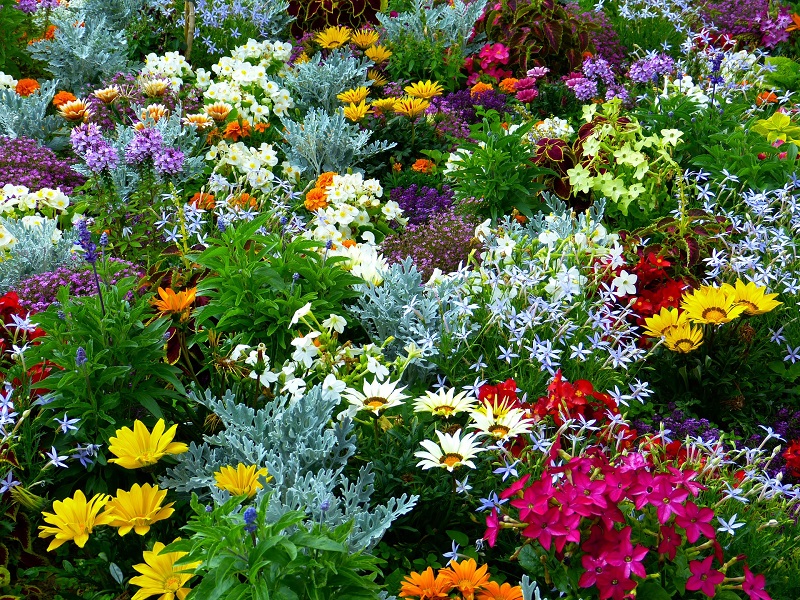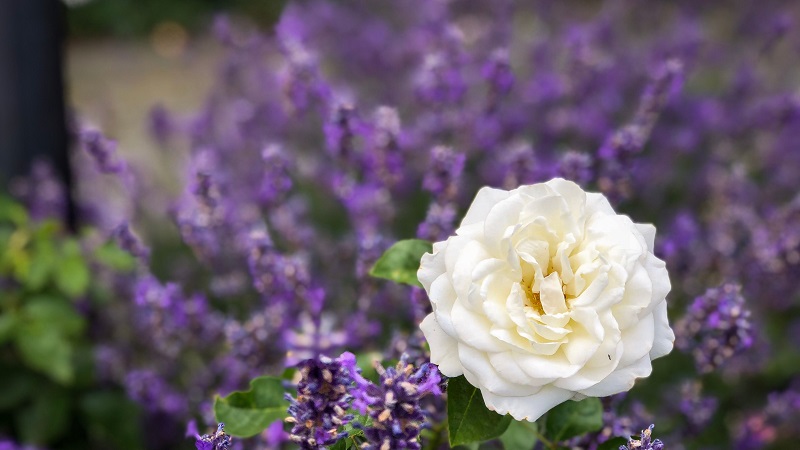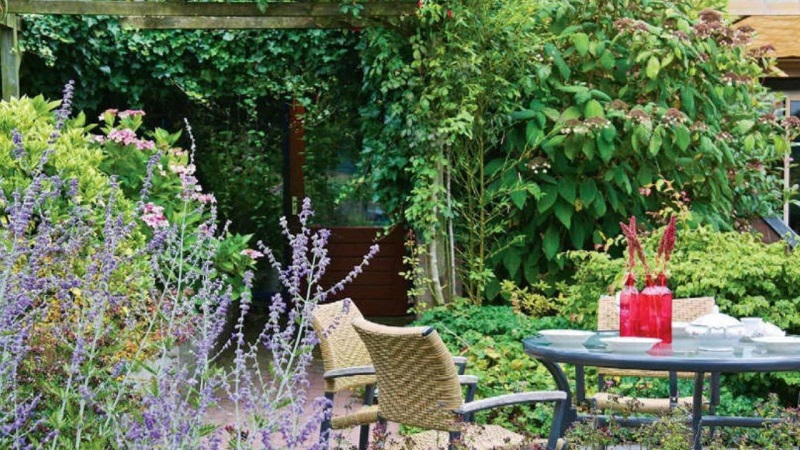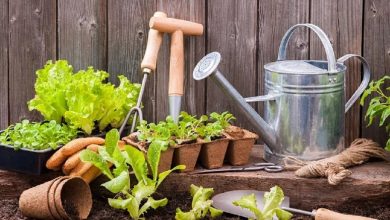Create your own aromatic plant garden

The kitchen or a corner of the garden next to it, in which it is not directly exposed to possible gusts of wind, are the best spaces to grow aromatic plants.
Aromatic plants are a great option to have and improve the environment at home. They resist cold and warm climates in addition to not needing a very rich soil for its duration and growth.
Therefore, they are excellent for setting your space with an exquisite aroma and with the particular beauty of each one.
To cultivate them it is not necessary to have a very large area of land, nor to invest a lot of money.
What is important is choosing a suitable garden area for each plant. From its correct sowing, its color, texture, and even its aroma will depend.
If you are thinking of creating your own garden and growing your favorite herbs or aromatic plants, today we bring you everything you need to know before creating your own garden with them.
Choose a suitable place for aromatic plants
It is very important to know how to choose the space where we will grow these plants. This place should be as far away as possible from sources of contamination, that is, streets or avenues with a lot of traffic.
Sun
Sun exposure is vital for the growth of some plants. Just as some may need several hours of sunshine a day, others need to always be in the shade.
If this is the case, you should choose a place that suits the different plants you have, so that each one receives the right amount of light or shade.
On the other hand, you can do your planting at any time of the year, although it is recommended to avoid doing it on days of extreme heat.
Wind
These types of plants are really resistant to strong climates, either hot or cold. However, they should always be protected from very strong winds.
Therefore, the chosen space must be a cool place where air circulates, but not with aggressive gusts of wind.
We recommend choosing the right place that provides sufficient protection, both from the wind and from excessive cold.
I usually
These plants, for the most part, can live normally and flourish in nutrient-poor soils. However, it is essential that they have good drainage since they are susceptible to excess water.
When creating your plantation it is necessary to dig to a depth of at least 25 centimeters to leave it loose and perfect for subsequent cultivation.
In the event that the soil does not contain as many nutrients as required, organic fertilizer can be used for the different types of soil.
1. Sandy soil
As it is very dry, it is important to provide it with nutrients to help it retain its moisture. You can use:
- Mulch
- Peat
- Earthworm humus
- Manure
2. Clay soil
Contrary to sandy soils, this type of soil has too much water, which would delay the growth process of the plants and may even damage the plantation.
It is important to use organic compost to help with drainage.
You can use washed sand, it will already balance the texture of the clay and help introduce air into the roots.
3. Mulch or padding
Creating this type of soil brings many benefits to plants. To do this, the mulch is formed by spreading compost, gravel and pine bark on the ground, just before planting.
This will help the plants need less watering, thanks to the fact that it conserves humidity and reduces the growth of bad plants or weeds.
When will the plants be ready?
Harvesting of aromatic plants should be done at the right time, known as balsamic time.
- Balsamic time is the time when the plant has the highest amount of essential oils, nutritional properties, and aroma.
- This will depend on many factors such as age and time of harvest.
Normally each plant has its balsamic time in different months, which are distributed as follows:
- March: caper.
- April: dandelion.
- May: sorrel, chamomile, parsley.
- June: mallow, rosemary, sage, thyme, tarragon.
- July: bay leaf, basil, lavender, cumin, mint, oregano, mustard.
- August: onion, garlic, basil, coriander, marjoram, parsley, celery.
- September: marigold, capers, dill.
- October: juniper, mallow.
- November: laurel.
As you have seen in this article, it is not difficult to start your own garden of aromatic plants. Remember that these plants have a large number of health benefits. Furthermore, by growing them on our own, we ensure that no chemicals, such as fertilizers or pesticides, have been used during their growth.
You may also like to read- http://tenkaichiban.com/








